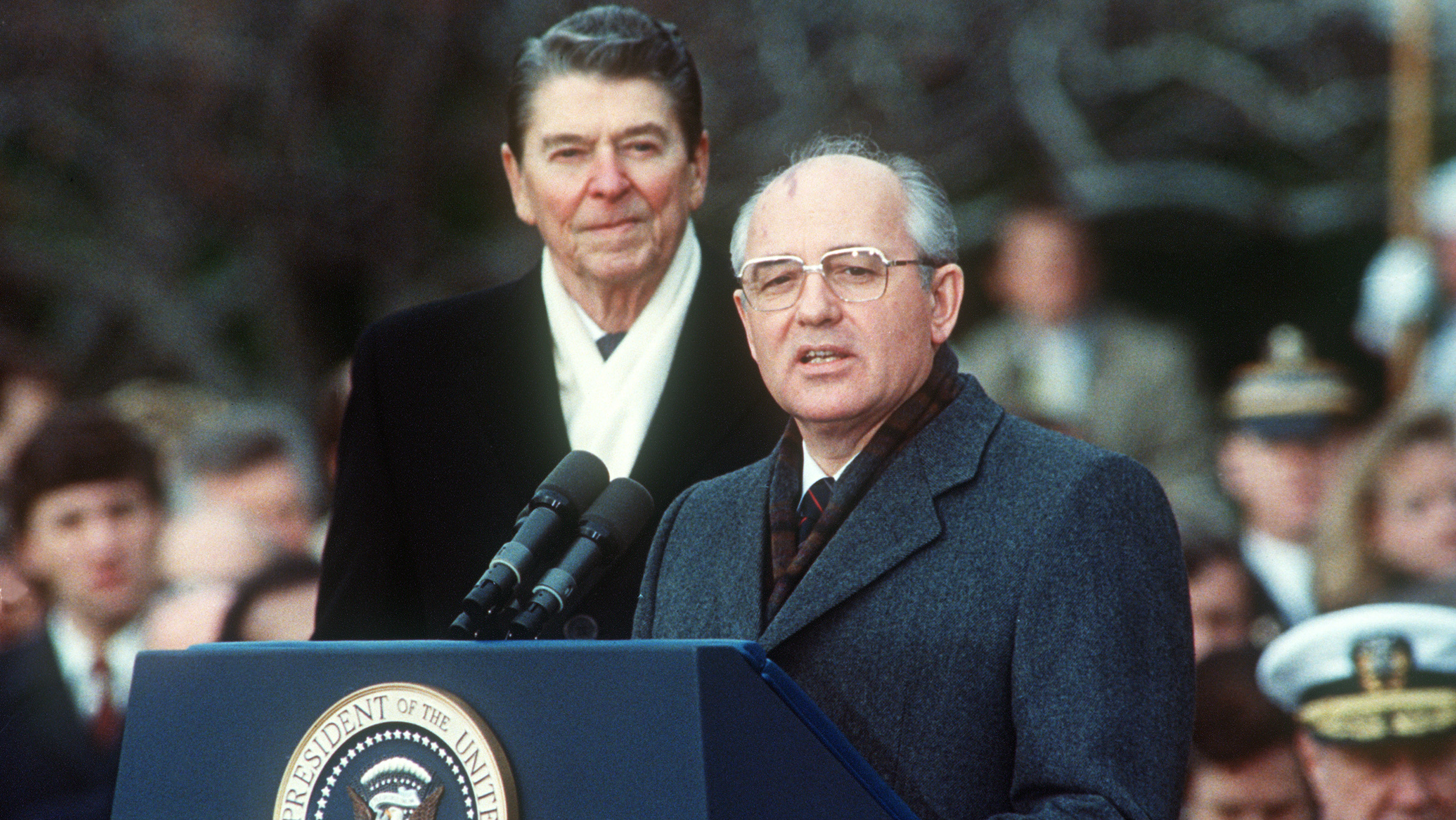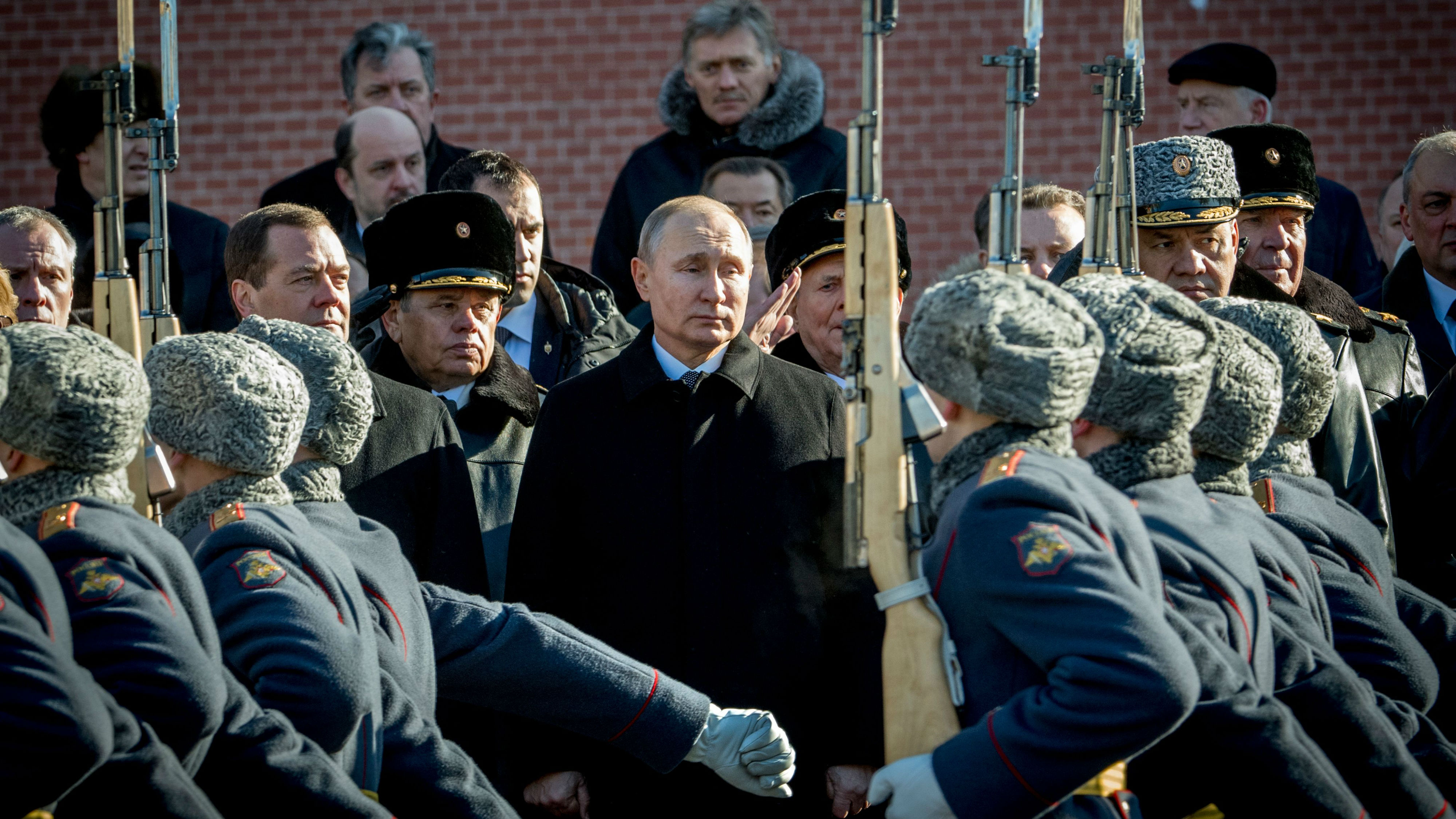Blog – Between Militarization and Disarmament: Constructing Peace in the Arctic

Since 2007 there has been ongoing debate as to the prospects for conflict in the Arctic. Realists contend that great power competition, buoyed by newly accessible resources and shipping routes, makes the Arctic region vulnerable to conflict. Liberals on the other hand argue that the Arctic states have shared economic and environmental interests in the region that require a stable and rules-based order in the Arctic. As such, they believe conflict is unlikely.
After more than a decade of debating the likelihood of conflict, it is time to devote our efforts towards steps that ensure the Arctic region remains peaceful. What would that look like?
Zone of Peace
It’s easy to forget that the origins of modern regional Arctic cooperation were based on disarmament efforts. There were intermittent efforts by academics, NGOs and politicians beginning in the 1960s, focused specifically on nuclear weapon free zones (NWFZ). But it was the now famous Murmansk speech by Mikhail Gorbachev in 1987, calling for the Arctic to become a “Zone of Peace”, that most shaped the region’s post-Cold War order.

Gorbachev called for a “radical lowering of the level of military confrontation in the region” including the establishment of a nuclear-free zone in northern Europe; and suggested potential limitations on Soviet activities in the region, such as removing submarines equipped with ballistic missiles from the Soviet Baltic Fleet; restricting naval activity in the Baltic, Northern, Norwegian and Greenland seas; extending confidence-building measures such as observing military exercises; and eliminating nuclear testing in Novaya Zemlya.
In the same year, Canada released a Defence Review that called for the acquisition of 10-12 nuclear attack submarines to patrol the waters of the Arctic (it was later cancelled). This sparked immediate opposition from northern Indigenous leaders, including Mary Simon, the president of the Inuit Circumpolar Council at the time, as well as environmental groups. Moscow and Washington DC were not enthused with the proposal either.
Gorbachev’s speech provided extra impetus for those groups to formally advocate for a zone of peace through regional disarmament in the Arctic, first within Canada and then more broadly amongst the Arctic states.
It was this domestic interest in Arctic disarmament that eventually led to Canadian advocacy for the establishment of an Arctic Council, which persisted across Governments and parties. But American unwillingness to discuss security, regional disarmament or demilitarization meant that initial Canadian aspirations for the Arctic Council evolved towards simply beefing up the technically-oriented Arctic Environmental Protection Strategy. Far from a disarmament body, the Arctic Council became a political forum that addressed sustainable development and environmental issues.

Scramble for the Arctic
Since 2007, the Arctic has been characterized as being at risk of a ‘new Cold War’, with the Russian flag-planting at the North Pole often pointed to as a turning point. Despite demonstrable efforts of the Arctic states to maintain peace and stability in the region, a narrative persists that the region is being militarized.

Representations of Arctic politics in the mainstream media have convinced the general public that there is a scramble for the Arctic, and many civic leaders have used the spectre of conflict for political ends.
And so it turns to the adults in the room to create conditions that both reduce tensions and mistrust, and provide a counter narrative to ‘polar peril’ scenarios. What efforts should they pursue?
The dream of denuclearisation in the Arctic is almost impossible politically. Russia has a stockpile of nuclear weapons located in the Kola Peninsula which are core to Russia’s global nuclear deterrence strategy. Because it is weaker than the United States and the NATO alliance in terms of conventional military force, its nuclear assets are critical to its security, as well as its status as a great power. Denuclearisation would also be counter to President Vladimir Putin’s political brand of leading a resurgent, strong Russia.

Neither would the United States, the only other nuclear power in the Arctic region, be interested in constraining its nuclear forces range, with its air base in Fairbanks, radar station in Thule, and ballistic missile submarines.
In the medium term, demilitarization, disarmament and denuclearization are unlikely to be achieved, let alone initiated by the Arctic states. But there is another option which would reduce the prospect of actual conflict in the region: neutralization, or the removal of the Arctic from the field of possible war.
Neutralization is a concept that arose in popularity in the 19th century, with Switzerland for example having been declared a neutral state during the Congress of Vienna in 1815. The Panama Canal has also been declared neutral. Austria, Finland and Sweden are formally neutral states.

More relevant to the Arctic region, the International Space Station and Antarctica are areas where the United States, Russia and others have interests but have been excluded as theatres of potential conflict.
For the Arctic, a formal declaration of neutralization of the Central Arctic Ocean on behalf of the Arctic Five – an Ilulissat 2.0 – would simply make explicit what is already the practice. All of the Arctic states, in their respective strategies and in public declaration by their leaders, have asserted that they neither expect, nor would they initiate, military conflict over Arctic territory.
Neutralization does not require the removal of defensive and constabulary capabilities; only a commitment to maintain the peace and stability that exists in the region. It is not a perfect solution – a region is only neutral until it is not – but it would go a long way towards formalizing what the Arctic states have already articulated, and help move the dial on the dominant media narrative of an Arctic on the verge of conflict, which has the dangerous potential of becoming self-fulfilling.
The second suggestion would be to reconvene the Arctic Chief of Defense Staff meetings, which took place twice before being suspended in 2014 after the Crimean invasion. Certainly Russia deserves consequences for its aggression, and joint exercises may require some more time. But meeting again at the rank of Chiefs of Staff would enhance the Arctic states’ mutual trust and ability to communicate at multiple levels in the event of an incident that would escalate regional tensions.
Issues of demilitarization have fallen far off the Arctic states’ political agenda, but they were once at the top under more difficult political circumstances. We are overdue to start having these conversations again.
Related stories from around the North:
Canada: Premier in Arctic Canada to push Ottawa for more military and icebreakers in the North, CBC News
Finland: US, Norwegian troops join military drill in Arctic Finland, Yle News
Greenland: Blog – Controversy over Greenland airports shows China still unwelcome in the Arctic, Cryopolitics
Iceland: Iceland & UK sign agreement to boost security, defence cooperation, Eye on the Arctic
Norway: NATO’s Arctic dilemma: Two visions of the Arctic collide as NATO and Russia flex muscles, Eye on the Arctic special report
Russia: Russian navy boosting armament on northwestern bases, satellite images show, The Independent Barents Observer
Sweden: Cross-party talks to expand military marred by political feud, Radio Sweden
United States: U.S. must pay attention to growing China-Russia alliance in Arctic: expert, Alaska Public Media



